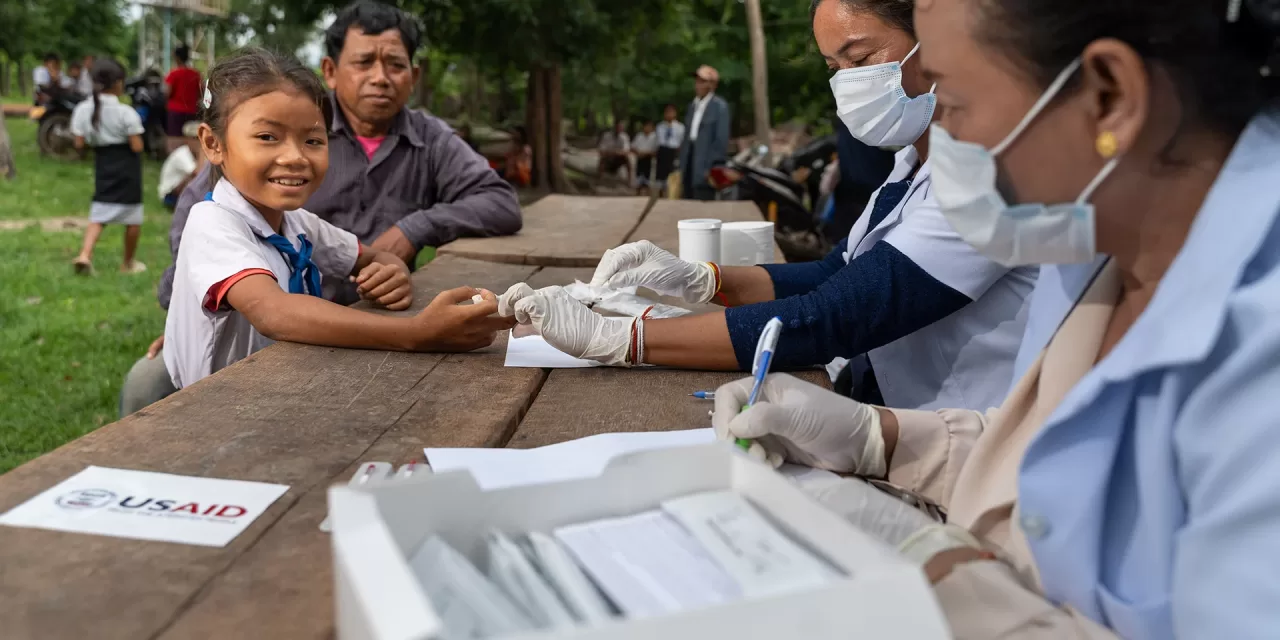
The World Health Organization (WHO) today announced that the Lao People’s Democratic Republic has successfully eliminated lymphatic filariasis as a public health problem. This landmark achievement exemplifies the nation’s commitment to health, and the culmination of decades-long dedicated efforts by the Lao government, health-care workers, communities, and national and international partners. This is the second neglected tropical disease (NTD) that the country has eliminated following the elimination of trachoma as a public health problem in 2017.
“The elimination of lymphatic filariasis in the Lao People’s Democratic Republic is an outstanding accomplishment, one that sets an example for many countries” said Dr Ibrahima Socé Fall, Director, WHO Global NTD Programme (WHO/NTD). “This is a victory not just for Lao people, but for the world. Together, we are moving closer to a world free of NTDs.”
Lymphatic filariasis, commonly known as elephantiasis, is a debilitating parasitic disease spread by mosquitoes. For centuries, this disease has afflicted millions of people worldwide, causing pain, severe disability and social stigmatization. Today’s announcement is a testimony to global progress against NTDs and represents hope for many other nations still fighting against lymphatic filariasis.
“While celebrating this milestone, it is vital to remember that vigilance must be maintained to prevent re-emergence” said Dr Jonathan King, Team Lead, Community and Primary Care Based Interventions, WHO/NTD. “An essential package of care must also remain available for those individuals already affected by the disease. Continued surveillance, maintaining the capacity to detect and respond to any new infections is paramount.”
WHO officially reported the country’s achievement in the latest Weekly Epidemiological Record. The Lao People’s Democratic Republic joins 18 other countries that have achieved the same criteria. Over the past 15 years, the population requiring interventions to eliminate lymphatic filariasis globally has reduced by 53%, which WHO attributes to coordinated efforts by countries and partners through the Global Programme to Eliminate Lymphatic Filariasis.












